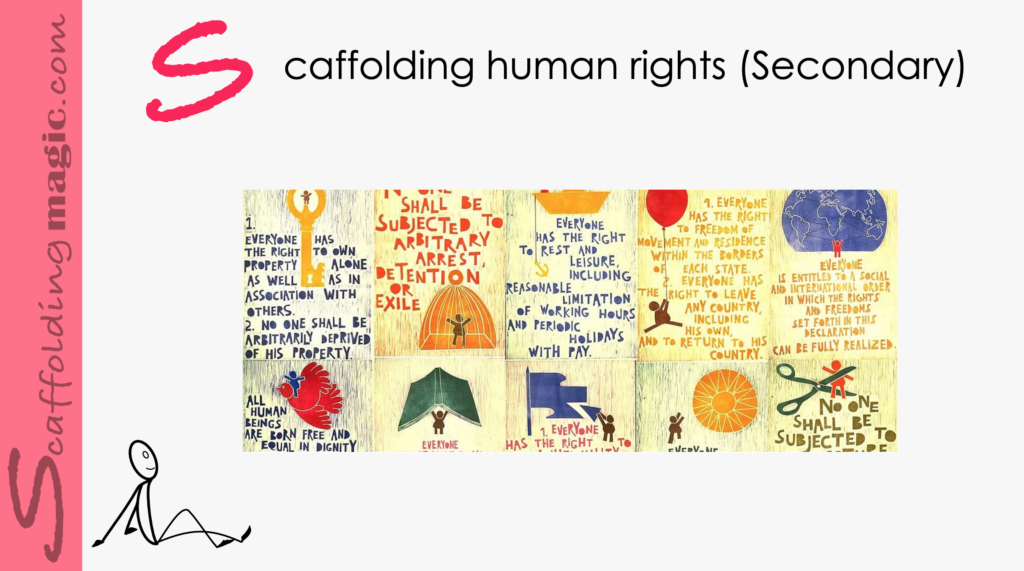You caught a beauty!!!
Download PDF of scaffold here.
theory behind scaffold…
March 25th is the International Day of Remembrance of the Victims of Slavery and the Transatlantic Slave Trade. As educators, it’s vital for us to pass on bits of history so that even our youngest learners can i………………………………………
…………………………………….. Let’s add humanity and feeling to history so that our students see the connection to what happened in the past, their reality, and what they can do to make positive changes in the future.
Studies show that as young as 12 months the human mind can reason. Knowing this, we can create opportunities in our classes to ………………………………………..
The activities suggested below are impactful, but could be controversial, and so …………………………………………….
Basing the activity on children’s innate sense of justice, the first part of this scaffold begins by…………………………….
The next part presents elements of the Declaration of Human Rights created by the United Nations after World War II. You’ll then find different resources to explore actions promoted by human rights activists, and what students are doing today to wipe out slavery.
step by step…
1, Begin by asking students about the photograph on the right. Who is she? What is she holding? Why is the parchment she’s holding so big? Does its size make it more important? Does she look like a woman they would like to meet? Why? Is the picture recent or from the past? Explain.
(The woman is ……………………………………………….
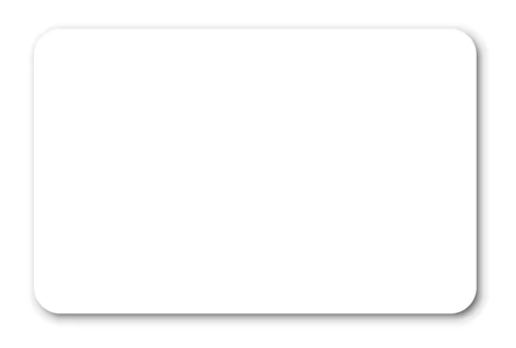

2. Assign each group of students a continent……………………………In their groups, and according to their continent, they …………………………….:
- make the types of child labour visible.
- their presentations include images, short explanations, and a list of countries in that continent that do not have forced child labour according to this map;
- they compare t……………………………………………………………….
- ……………………………………. fact in their presentation that contradicts the PDF;
- While one group is presenting, the other groups m………………………………… a) ask for more details of one a…………………………………..
4. Using the definitions of slavery found ……………………………….. each group then chooses five (5) of the types of slavery and forced labour happening on the continent ……………..
…………………………..
………………………
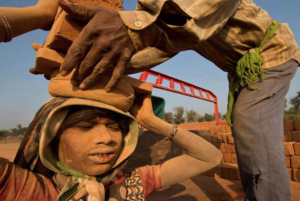
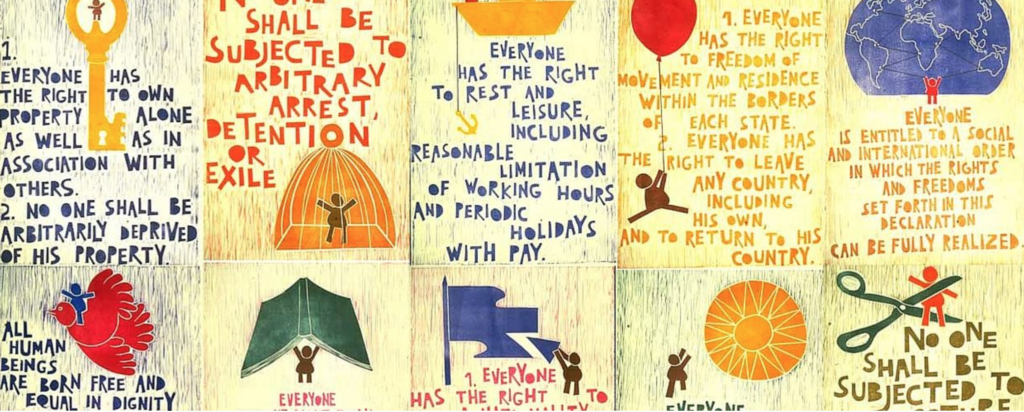
5. Students then connect the types of slavery they have identified and explain which of the 30 Articles i………………………………………………… have been violated.
Examples:
Article 1: All human beings are born free and equal in dignity and rights. They are endowed………………………………………….
……………………………………………..
……………………………………………………….. Ask the students if it’s fair (just) that one person has been arrested.
6. In groups, students will choose one of the projects they find at …………………………………………
…………………………………..
Each member of the group explains what they could contribute to this activisim.
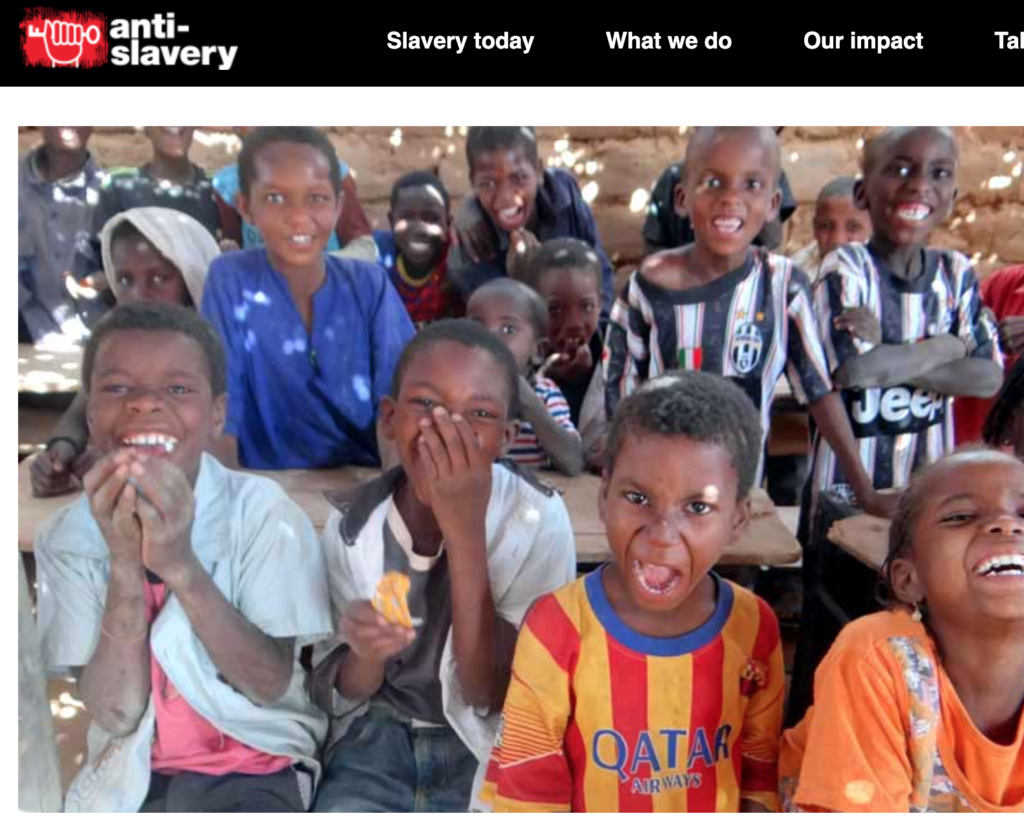
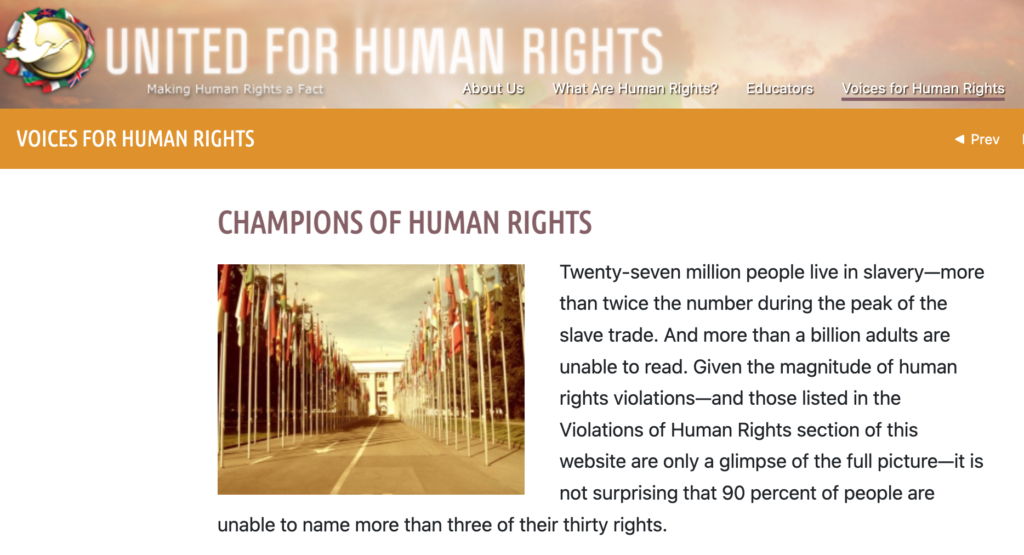
7. Finally, students choose an activist from United for Human Rights and explain why that person is especially noteworthy. Example: ………………………………………………….
Other resources for human rights and history of slavery
Remember Slavery
Modern Slavery


Scaffoldingmagic.com is your entryway into DYNAMIC bilingual learning methodologies, such as Phenomenon-Based Learning, CLIL, EMI, and ESL. You’ll find ways to implement critical thinking tools (DOK) to promote higher level thinking, the growth mindset, instill an ethic of excellence, deep reflection on learning, and all through multi-cultural, interdisciplinary activities. We have the keys to turning competences into action and to creating collective efficacy in your school so you move ahead as a unified, enthusiastic team.

